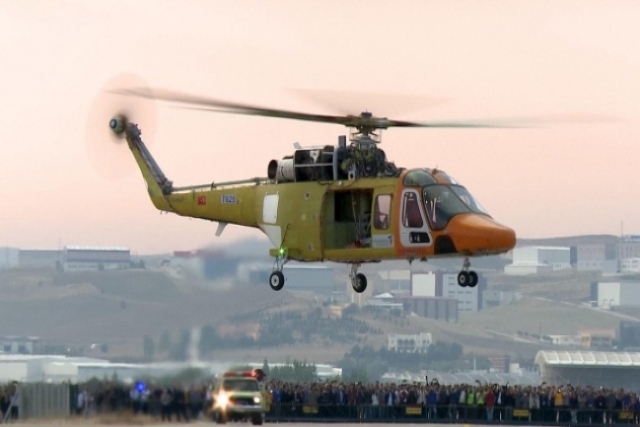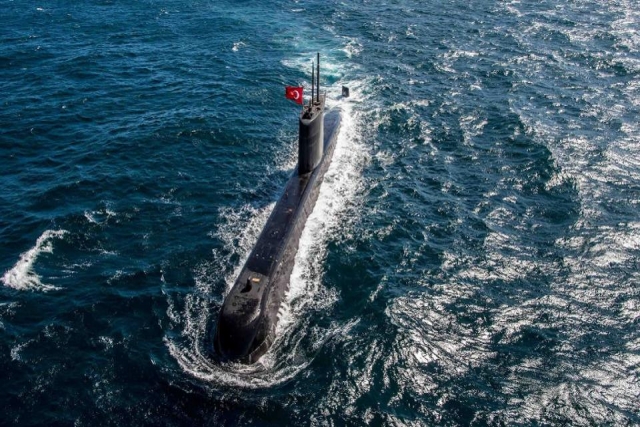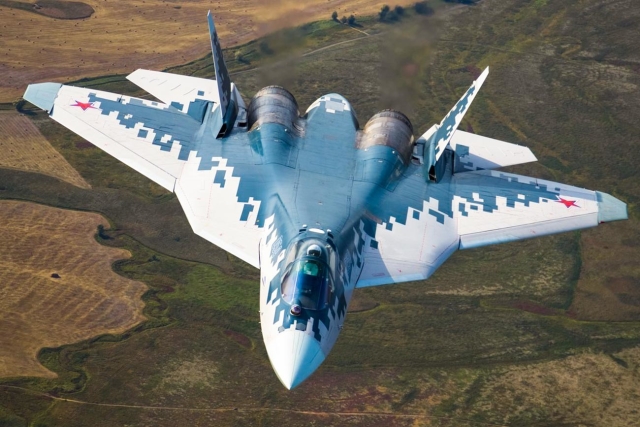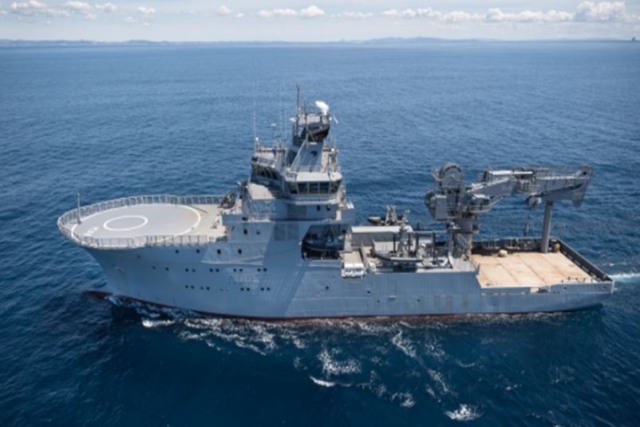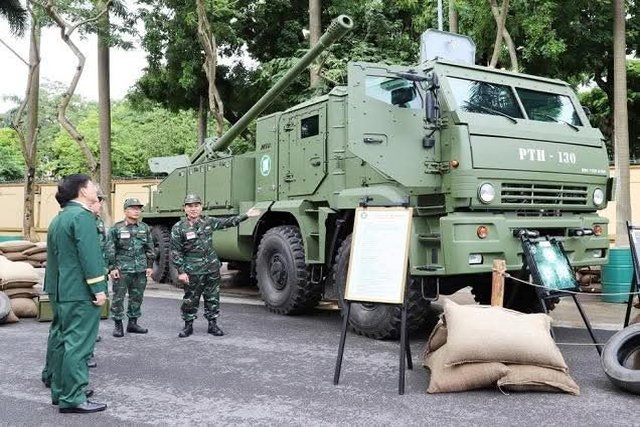Turkey to Develop New T629 Gunship

Turkey is presently developing a new T629 six-tonne attack helicopter and has reportedly frozen the design for the same, Temel Kotil, CEO and General Manager of Turkish Aerospace, has said.
“The designs (for the six-ton armed helicopter designated T629) have been finalised and we plan to carry out the first flight of this new helicopter in about a year,” Kotil told during an interview with GBP Aerospace and Defence, reports Quwa.
Although Kotil did not reveal technical specifications of the T629, the nomenclature of the aircraft hints at its development based on Turkey’s six-tonne T625 utility helicopter and T129 ATAK (-9 number in the T629) gunship.
“Turkish Aerospace will develop a six-ton attack helicopter using the same transmission, gear box, and rotors of the T625,” Ismail Demir, the President of Defence Industries (SSB), was quoted as saying by Anadolu Agency in October 2017. Ankara was already developing the T625 by then.
About a year later, the T625, powered by two CTS-800-4A turboshaft engines, made its maiden flight. It is currently undergoing certification trials. Delivery of the chopper is slated for 2021.
The new gunship, therefore, could be a militarized variant of the T625, which is similar to the Leonardo AW159 Wildcat. At sea, the T629 could potentially work as an anti-submarine warfare (ASW), search-and-rescue, and anti-ship warfare (AShW) asset like the Wildcat or Lynx. Over land, it could support the ATAK and ATAK-2 as a reconnaissance/scouting, light transport, and other utility roles.
The other possibility is the T629 being a lighter version of T129 ATAK with its LHTEC CTS800-4A turboshaft engines replaced by Tusaş Engine Industries’ TS1400 turboshaft engines. Turkey could also do away with ITAR (International Traffic in Arms Regulations) components, curbing the threat of US’ interference, the report said.
Moreover, Turkey invested in acquiring the technology to manufacture the T129 locally; it can extend that investment with an upgraded, ITAR-free variant and market that as a lower-cost option in parallel to the heavier ATAK-2, the report further stated.
